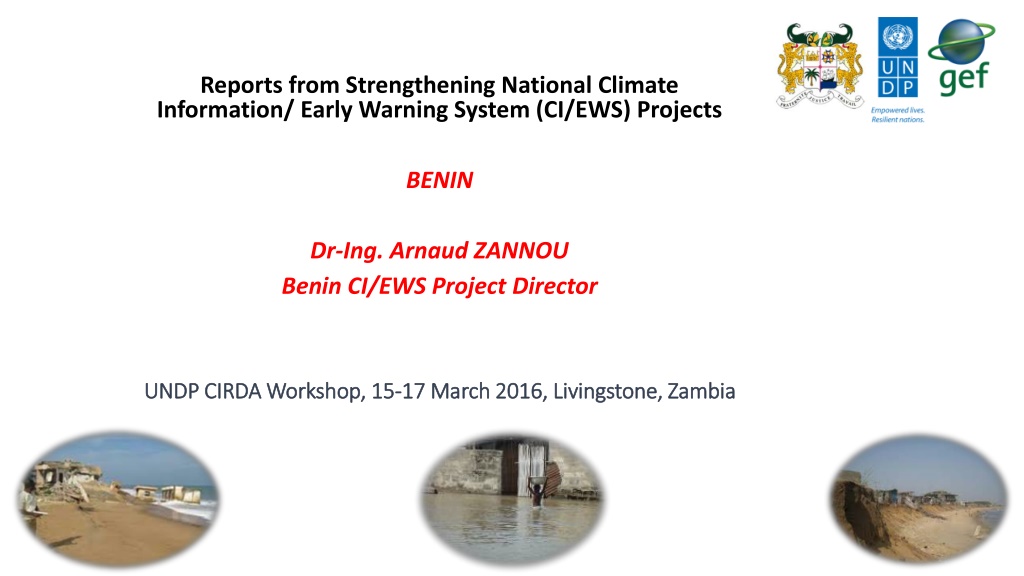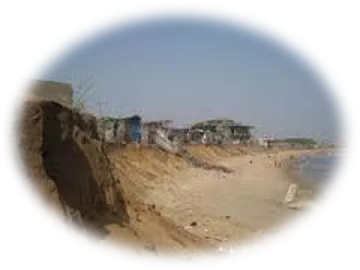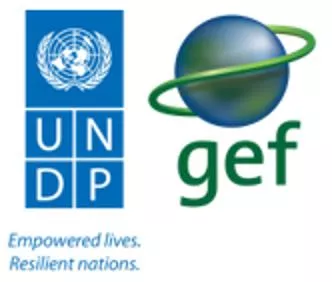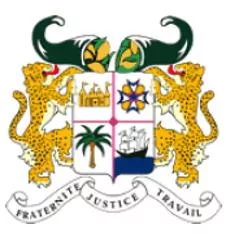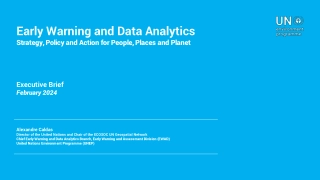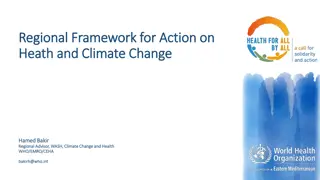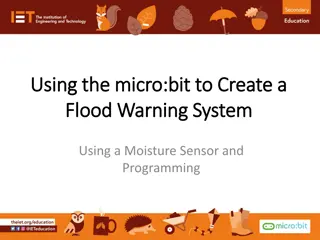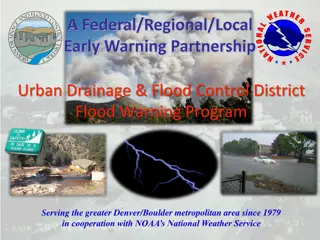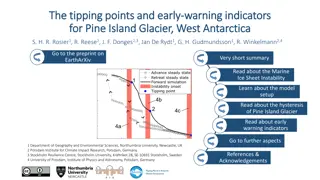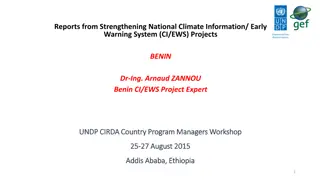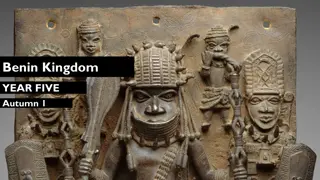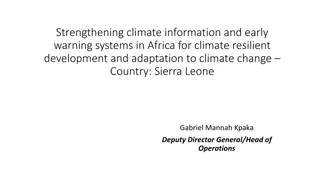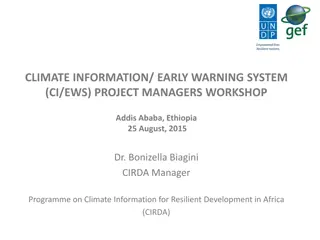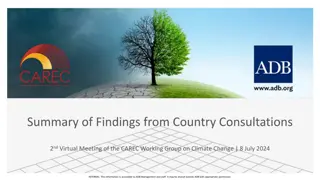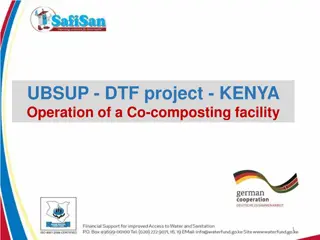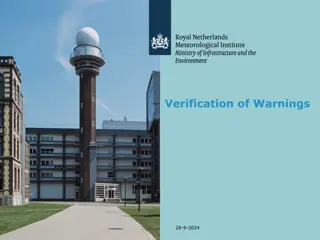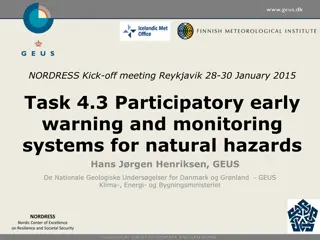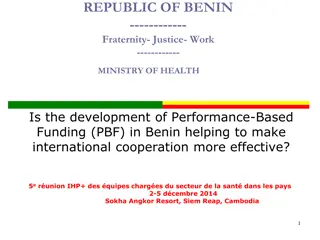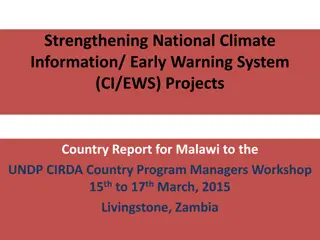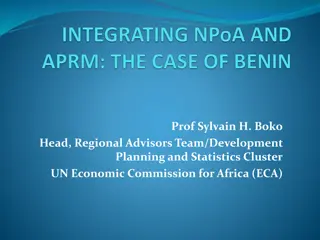Strengthening National Climate Information/Early Warning System Projects in Benin
The report highlights the accomplishments of the CI/EWS projects in Benin, including the installation of meteorological equipment and identification of risk thresholds. Various departments and agencies are involved in this initiative, focusing on disseminating warning messages in case of hydroclimate disasters through a Standard Operating Protocol. Key delegates and government entities play essential roles in managing and coordinating these efforts.
Download Presentation

Please find below an Image/Link to download the presentation.
The content on the website is provided AS IS for your information and personal use only. It may not be sold, licensed, or shared on other websites without obtaining consent from the author. Download presentation by click this link. If you encounter any issues during the download, it is possible that the publisher has removed the file from their server.
E N D
Presentation Transcript
Reports from Strengthening National Climate Information/ Early Warning System (CI/EWS) Projects BENIN Dr-Ing. Arnaud ZANNOU Benin CI/EWS Project Director UNDP CIRDA Workshop, 15 UNDP CIRDA Workshop, 15- -17 March 2016, Livingstone, Zambia 17 March 2016, Livingstone, Zambia 1
Benin CI/EWS Project Delegates N 1 Name Occupation Dr-Ing. Arnaud ZANNOU Mr Marcellin NAKPON Mr Georgino HOUESSOU National Director of EWS-Project : Project management and coordination General Director of Benin National Meteorological Agency Superintendent (policeman), Assistant to General Director of Benin National Civil Protection Agency (in charge of disaster management) 2 3 2
2 major project accomplishments since Addis 1 Meteo, hydro and oceano equipments already installed, and data teletransmitted every hour 2 Complete identification of the thresholds values related to 4 Alert levels ( green, yelow, orange and red) for 4 risks (flooding, drought, coastal erosion and sea level rising) 3
Main involved Departments/Agencies Climate info Users (Development sectors managers and actors) Climate info and warning producers Warning bulletins Users (Disaster and crisis focus) Development partners Water Depart. Disaster Mg Agency CC Depart. UNDP Meterolog. Depart. Disaster Committee Environm. Depart. GEF Subst. Dev. Centre ASECNA Hum. NGO Ocean Institute Env-Clim. NGO UN System 5
GOUVERNEMENT Chart of SOP: Standard Operating Protocol for warning messages communication and diffusion in case of hydroclimate disaster in B nin MISPC 5 mn MTPT MERPMEDER MESRS 5 mn 5 mn 5 mn DNM/ASECNA DGEAU IRHOB 3 mn 2 mn 2 mn 2 mn M dias nationaux et Internationales 10 mn ANPC Niveau National Forces de S curit GNSP 5 mn 2 mn mn 2 mn 2-5 mn Antennes ANPC 3 mn 2 mn Pr fet Niveau Dep. Forces de S curit GNSP 2-3 mn Point focal Gestion des catastrophes 2-3 3-5 mn 3 mn 3-5 mn Point focal Gestion des catastrophes Maire Niveau Communal Forces de S curit GNSP 2 mn 3-5 mn 2-3 mn 10 mn Chef d arrondissement Radio Communautaire 2 - 5 mn Crieurs public 2 - 5 mn Chef de villages / chef de quartier 3-5 mn 20 mn 2 - 3 mn Populations
Thank for your attention !!! Questions ??? 7
